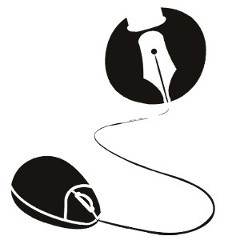
Not much happening on the new Department for Education website; they must all be too busy setting up free schools, abolishing quangos and the like. Their home page (which still, nearly two weeks into the new government, has the temporary feel that I commented on earlier) prompted my next article for NATE’s English Drama Media magazine. Not published yet – and members only: another reason to join NATE! There is a Twitter feed, to show they’re modern, though (bearing in mind the Prime Minister’s comments on ‘too many twits’, there aren’t many tweets so far and those are anodyne).
The photograph on this page becomes increasingly unsettling the more I look at it. Children are reading books – to resort to the demotic: what’s not to like? Look closer, though, and you see Tory streaming policy in action: right wing girl reads one book, commandeers another (it’s the Matthew Effect). Move left and the girls begin to close their books (closed minds). Left-wing boy can’t read, just suck his thumb – must be destined to be a hewer of wood or drawer of water – no doubt there’s some vocational training that an outsourcing company can devise to keep him busy.
One quango that they have abolished is Becta, the education technology agency. Whilst many classroom teachers might not know much about it, some of us will regret its passing. A keen young teacher wrote to NATE: ‘I’m disgusted by this frankly. If there’s one thing a country of this size and waning political influence needs, it’s surely the wider dimension of learning possibilities that ICT offers the common classroom teacher and pupil. What use is the structural investment without sharing the good practice?’ Another commentator with many years experience as a key player in the application of ICT to English added: ‘The worry is that this actually reveals a less-than-enthusiastic endorsement of ICT in schools in general.’ Let us hope not. As the Guardian leader commented: ‘Even if the staff now facing the chop at the Becta agency, which promotes technology in schools, are not deployed as effectively as they might be, they are more useful than they will be if they end up in the dole queue.’

